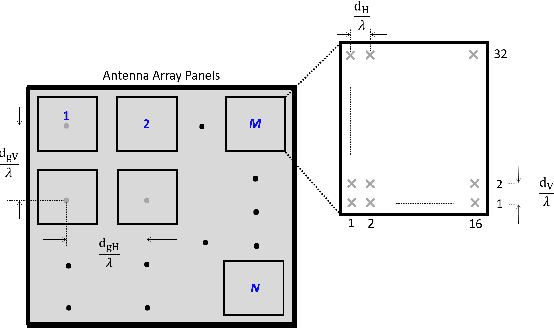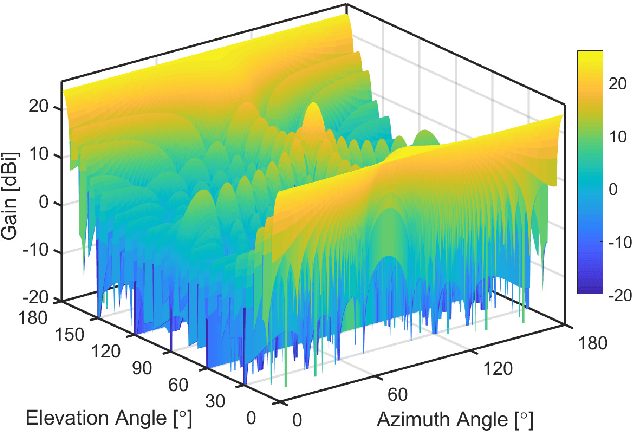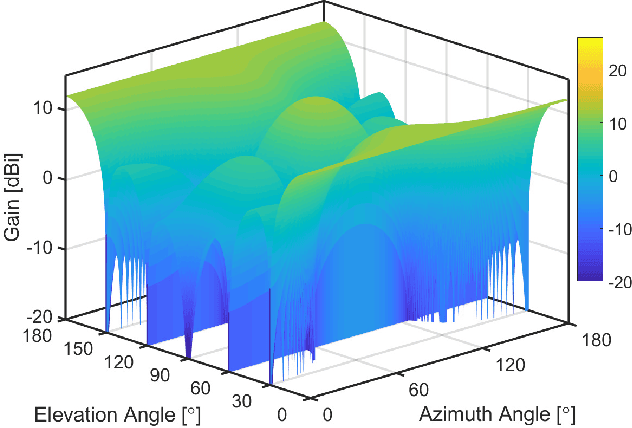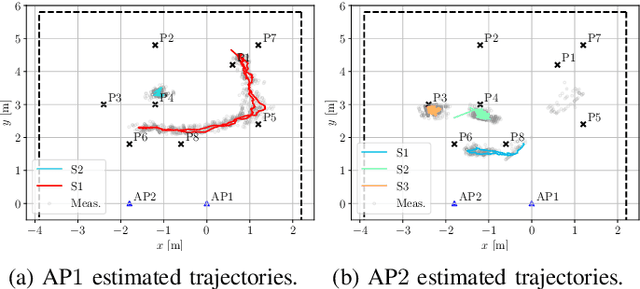Enver Bashirov
A Review of Indoor Millimeter Wave Device-based Localization and Device-free Sensing Technologies
Dec 10, 2021



Abstract:The commercial availability of low-cost millimeter wave (mmWave) communication and radar devices is starting to improve the penetration of such technologies in consumer markets, paving the way for large-scale and dense deployments in fifth-generation (5G)-and-beyond as well as 6G networks. At the same time, pervasive mmWave access will enable device localization and device-free sensing with unprecedented accuracy, especially with respect to sub-6 GHz commercial-grade devices. This paper surveys the state of the art in device-based localization and device-free sensing using mmWave communication and radar devices, with a focus on indoor deployments. We first overview key concepts about mmWave signal propagation and system design. Then, we provide a detailed account of approaches and algorithms for localization and sensing enabled by mmWaves. We consider several dimensions in our analysis, including the main objectives, techniques, and performance of each work, whether each research reached some degree of implementation, and which hardware platforms were used for this purpose. We conclude by discussing that better algorithms for consumer-grade devices, data fusion methods for dense deployments, as well as an educated application of machine learning methods are promising, relevant and timely research directions.
RAPID: Retrofitting IEEE 802.11ay Access Points for Indoor Human Detection and Sensing
Sep 10, 2021



Abstract:In this work we present RAPID, a Joint Communication & Radar (JCR) system based on next generation IEEE 802.11ay WiFi networks in the 60 GHz band, which retrofits existing communication hardware to perform zero-cost monitoring of human movement and activities in indoor spaces. Most of the available approaches for human sensing at millimeter-waves employ special-purpose radar devices, which are utilized to retrieve and analyze the small-scale Doppler effect (micro-Doppler) caused by human motion. This is key to achieve fine-grained sensing applications such as simultaneous activity recognition and person identification. We show that IEEE 802.11ay Access Points (APs) can be retrofitted to perform radar-like extraction of micro-Doppler effects of multiple human subjects. While radar systems entail the deployment of additional hardware, our framework performs activity recognition and person identification using IEEE 802.11ay wireless networks with no modifications to the transmitted packet structure specified by the standard. We leverage the in-packet beam training capability of IEEE 802.11ay to accurately localize and track multiple individuals using the estimated Channel Impulse Response (CIR), while the beam tracking mechanism embedded in data packets allows to extract the desired micro-Doppler ({\mu}D) signatures of the subjects. We implement our system on an IEEE 802.11ay-compatible full-duplex FPGA platform with phased antenna arrays, which can estimate the CIR from the reflections of transmitted packets. Using two access points, we achieve reliable positioning and tracking of multiple subjects, and an accuracy of 93% and 90% for activity recognition and person identification, respectively.
 Add to Chrome
Add to Chrome Add to Firefox
Add to Firefox Add to Edge
Add to Edge